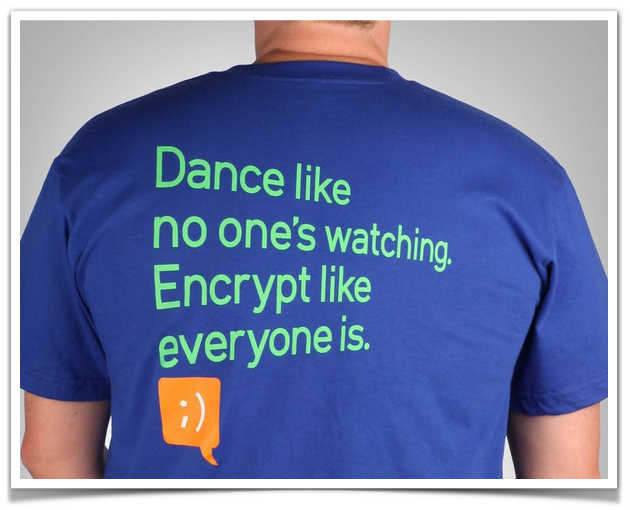DEA and ICE hiding cameras in streetlights and traffic barrels
Drug and immigration cops in the US are buying surveillance cameras to hide in streetlights and traffic barrels.
Quartz spotted a number of contracts between a company called Cowboy Streetlight Concealments and two government agencies: the Drug Enforcement Administration (DEA) and Immigration and Customs Enforcement (ICE).
As government procurement documents show, since June, the DEA has spent about $22,000 to buy “video recording and reproducing equipment” in Houston, Texas, while the Houston ICE office paid out about $28,000 for the same type of equipment, all of it coming from Cowboy Streetlight Concealments.
It’s unknown where those surveillance cameras will be installed or where they’ve already been plugged in. Quartz reports that ICE offices in the Texas cities of Dallas, Houston, and San Antonio have all ponied up money to buy equipment from Cowboy Streetlight Concealments. The DEA’s most recent purchases were funded by the agency’s Office of Investigative Technology, in Lorton, Virginia.
Streetlight is owned by Christie Crawford and her husband, who’s a police officer in Houston. Crawford told Quartz that she wasn’t at liberty to go into detail about federal contracts: all she can say is that the government tells her company what it wants, and Streetlight builds it:
Basically, there’s businesses out there that will build concealments for the government, and that’s what we do. They specify what’s best for them, and we make it. And that’s about all I can probably say.
Does it really matter where the hidden surveillance cameras are being installed? Maybe to me and you, but that could just be because we aren’t aware of how ubiquitous surveillance cameras are. Crawford:
I can tell you this – things are always being watched. It doesn’t matter if you’re driving down the street or visiting a friend, if government or law enforcement has a reason to set up surveillance, there’s great technology out there to do it.
Another company in this space, Obsidian Integration, last week received a DEA contract for “concealments made to house network PTZ [Pan-Tilt-Zoom] camera, cellular modem, cellular compression device”. Obsidian, which sells “covert systems” and “DIY components,” lists among its customers the Department of Homeland Security (DHS), the Secret Service, the FBI, and the Internal Revenue Service (IRS), among other government agencies.
Last week, Obsidian was also granted a $33,500 contract with New Jersey’s Jersey City Police Department to buy a covert pole camera. The city’s resolution noted that the reason it needs a hidden camera is so that police can “target hot spots for criminal and nuisance activity and gather evidence for effective prosecutions.”
Quartz noted that it’s not just streetlights that are spying on us: the DEA is stashing hidden cameras in other places that can just as handily surveil the masses:
In addition to streetlights, the DEA has also placed covert surveillance cameras inside traffic barrels, a purpose-built product offered by a number of manufacturers. And as Quartz reported last month, the DEA operates a network of digital speed-display road signs that contain automated license plate reader technology within them.
Unfortunately, there’s scant oversight regarding where surveillance cameras can be put or how the government can use them, ACLU senior advocacy and policy counsel Chad Marlow told Quartz:
[Local law enforcement] basically has the ability to turn every streetlight into a surveillance device, which is very Orwellian, to say the least. In most jurisdictions, the local police or department of public works are authorized to make these decisions unilaterally and in secret. There’s no public debate or oversight.
What little effort has gone into curtailing local governments’ pervasive surveillance hasn’t met with much success. In January 2018, a California committee passed senate bill SB-712: a piece of legislation that would tweak the law that says you can’t cover your car’s license plate. It basically amounted to “keep your spying, data-collecting, privacy-invading cameras away from our cars.” As it is, there are businesses that send automated license plate readers (ALPRs) up and down streets to document travel patterns and license plates and sell the data to lenders, insurance companies, and debt collectors.
The bill was not passed.
Seven months after it was voted down, the California city of Sacramento admitted to tracking welfare recipients’ license plates: a failure to comply with the city’s own regulations on license plate data collection.
The use of streetlights to surveil citizens should come as no surprise: it’s in keeping with these agencies’ habitual, mass surveillance. In 2015, the ACLU obtained documents revealing that the DEA, over the course of several years prior, had been building a massive national license plate reader (LPR) database that it shares with federal and local authorities, with no clarity on whether the network is subject to court oversight.
Identifying cars and users based on their license plates is nothing new. It’s what they’re for: license plates are public, unique identifiers. And of course we’ve always had the ability to follow a person or a car by spotting an individual, or a license plate, and watching where they go, with or without streetlamps and spying trash barrels.
So in some ways, this is nothing new. It’s just yet another sign of the scale and growing ubiquity of surveillance.
There are properties and capabilities that emerge from large collections of data that don’t exist in the same data at smaller scales (it’s why we had to invent a term – Big Data – to describe it).
Even if you believe that people who don’t have anything to hide shouldn’t have anything to fear from surveillance, bear in mind that these large, valuable collections of data aren’t necessarily being amassed in a secure fashion, properly disposed of, or kept safe from prying eyes… or from just being handed to journalists who ask for them, for that matter.
Article source: http://feedproxy.google.com/~r/nakedsecurity/~3/Q9PrPaM-a6E/








